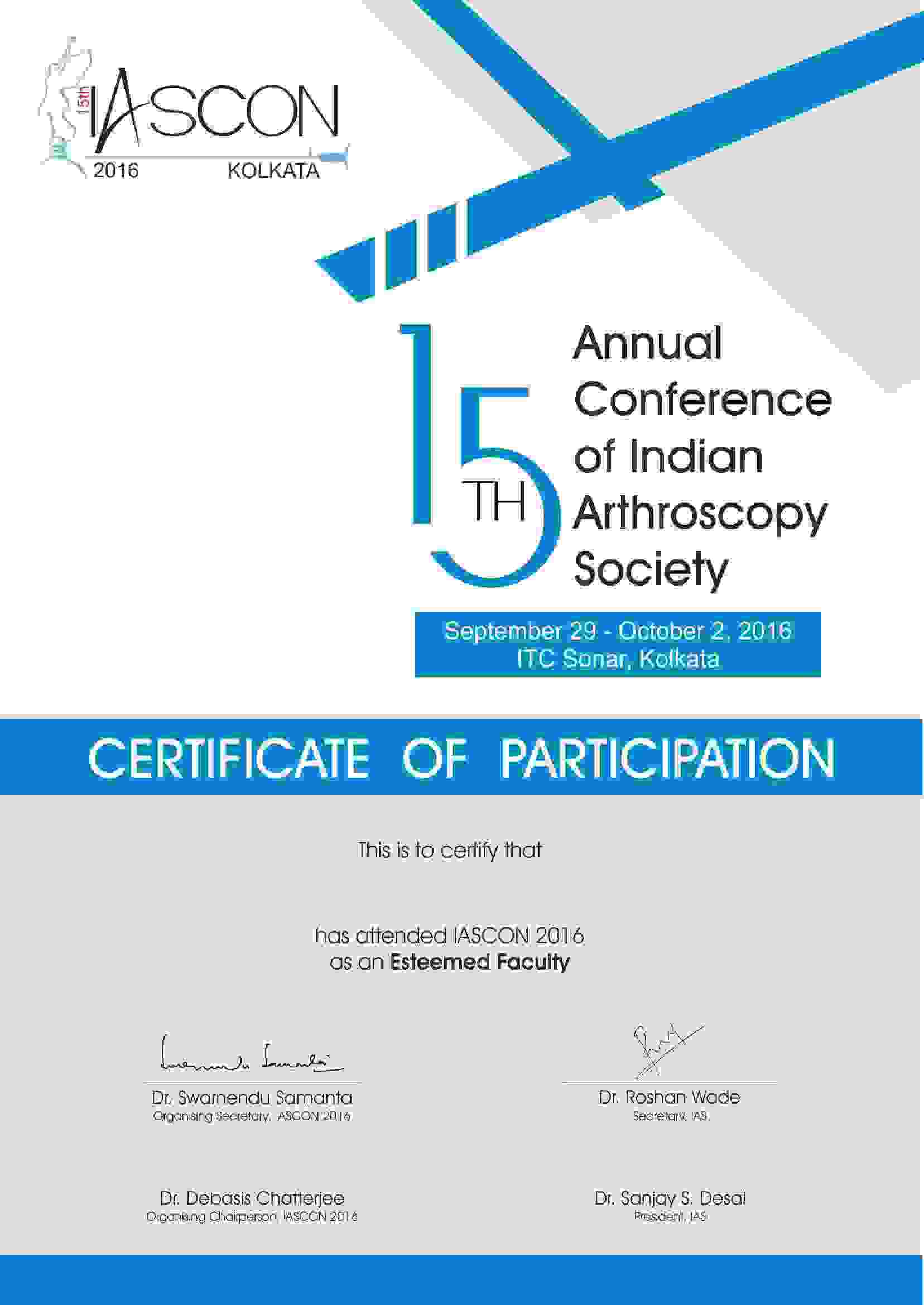What is the PCL & where is it located?
Posterior Cruciate Ligament (PCL) is one of the most important ligaments of the knee. It is located at the back of the knee & is responsible for preventing excessive backward movements of the tibia (leg bone) on the femur (thigh bone).
How is the PCL commonly torn?
The PCL is otherwise a very strong ligament & hence injuries of this ligament are relatively rare. The most common mechanism is the so called “dashboard injury” where there is a sudden force applied in a backward direction to the bent knee, as commonly occurs when the knee hits the car dashboard during sudden braking. The other common injury is a motorcycle accident especially when the bike falls on the knee of the rider.
Do I need surgery for a torn PCL?
PCL has the potential to heal itself, provided that the knee is immobilized in a special brace for around 6-8 weeks. Isolated PCL injuries heal with bracing & physiotherapy in most instances, even in professional athletes. If there is persistent instability or if more ligaments of the knee are torn, then surgical reconstruction of the ligament is required.
What is done in a PCL reconstruction?
All knee ligament reconstructions require a graft. Hamstrings are the preferred graft choice for a PCL reconstruction as well. The reconstruction proceeds along the same lines as an ACL reconstruction, with bony tunnels being drilled in the tibia (leg bone) & femur (thigh bone) corresponding to the natural locations of the ligament in the knee & the diameter of the hamstring graft. The graft is ?xed using 2 bio degradable screws. More arthroscopy portals are required in this surgery, especially portals that allow us to see the back of the knee
RECOVERY IS PROLONGED:
Recovery takes a longer time as compared to an ACL reconstruction. I like to restrict weight bearing & knee bending after the surgery for nearly 2 months. A special PCL brace is required for nearly 3 months after the surgery to protect the newly reconstructed ligament.










